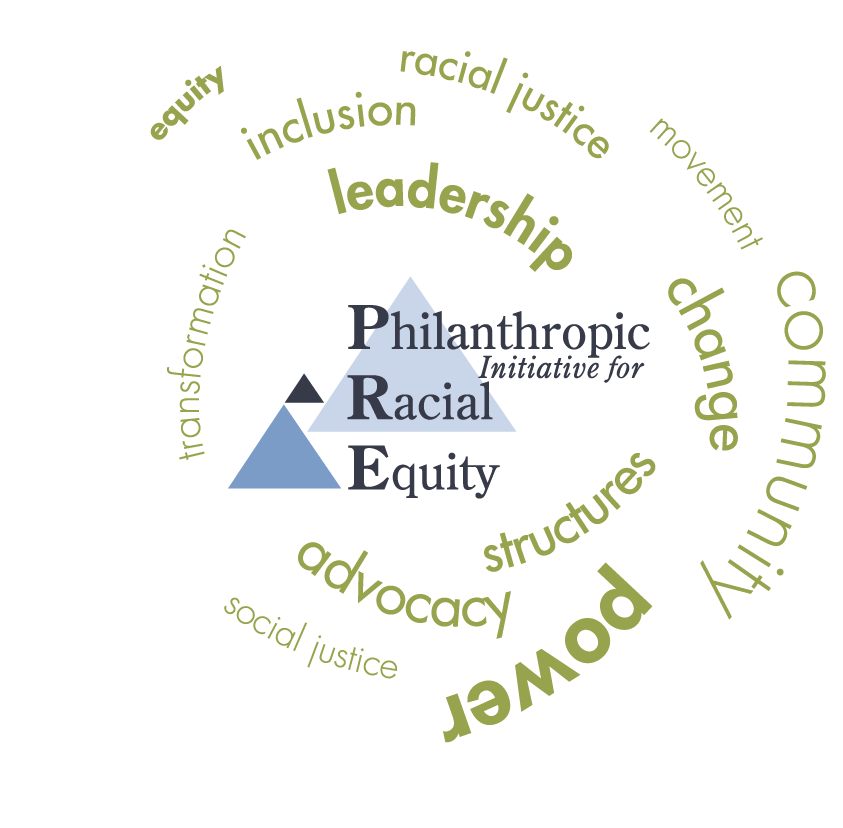Critical Issues Forum Vol. 4. Mobilizing Community Power to Address Structural Racism
Critical Issues Forum Vol. 4. Mobilizing Community Power to Address Structural Racism
Mobilizing Community Power to Address Structural Racism is the fourth volume of Critical Issues Forum series. In this journal we share essays from a number of community activists, as well as interviews with activists and funders, tackling a range of current issues, challenges and opportunities as they strive to strengthen approaches to engage communities in a movement toward a truly multiracial democracy.
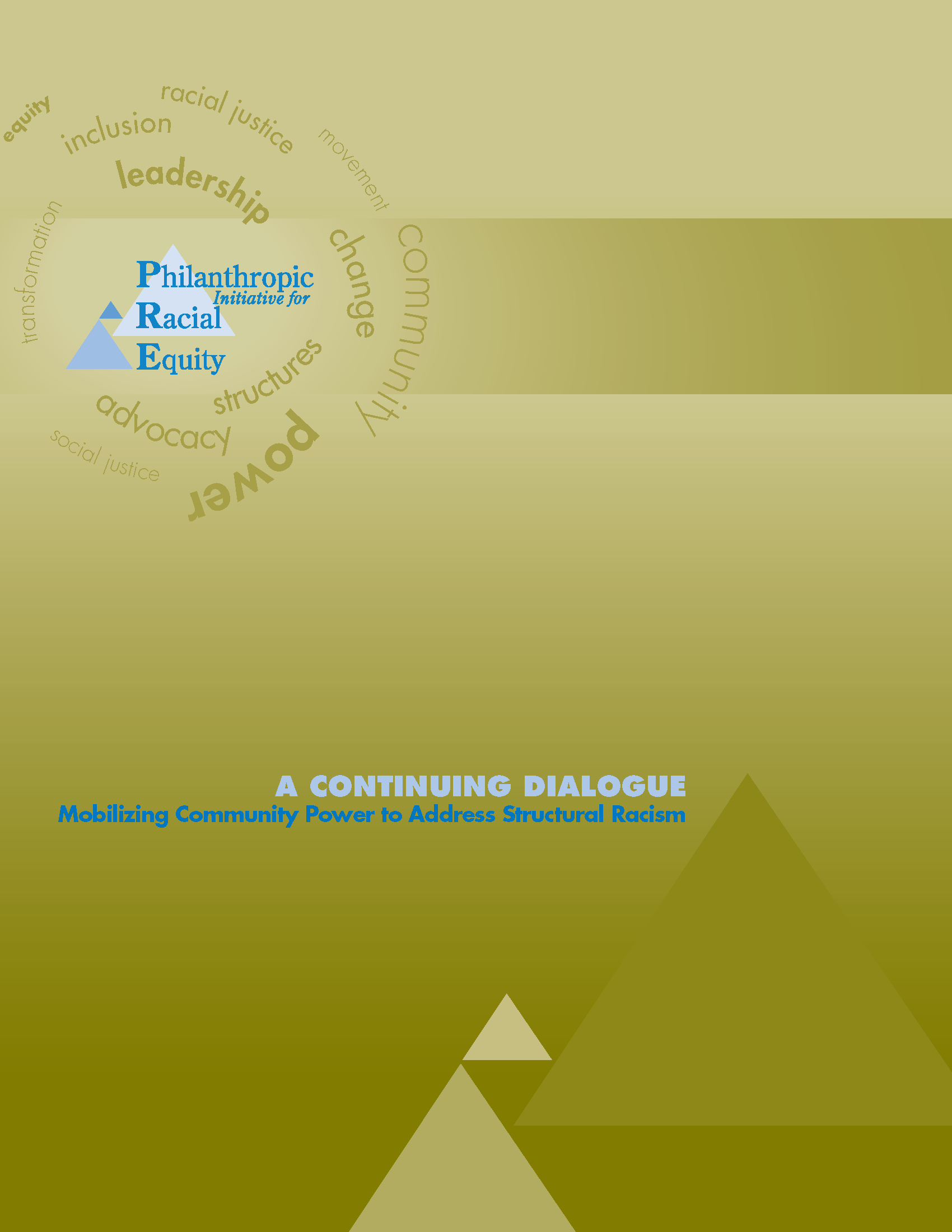
Mobilizing Community Power to Address Structural Racism is the fourth volume of the Critical Issues Forum series, which aims to deepen the discourse around important progressive racial justice issues within philanthropy. In this journal we share essays from a number of community activists, as well as interviews with activists and funders, tackling a range of current issues, challenges and opportunities as they strive to strengthen approaches to engage communities in a movement toward a truly multiracial democracy.
In December of 2011 PRE embarked on a project to explore the intersections of work on structural racism, community organizing and civic participation, raising key opportunities, challenges and questions for peers and funders to consider further. The effort began with, a daylong discussion with some leading community organizers and activists working on these issues at national and local levels, and was followed by discussions of funders, as well as among additional activists and organizers.
This publication shares the views of several of these thought leaders, as they synthesize the ways that supports are needed to strengthen the integration of these approaches with a structural racism analysis to improve outcomes for all through community organizing.
 Nat Chioke Williams is the executive director of the Hill-Snowdon Foundation, a national family foundation.
Nat Chioke Williams is the executive director of the Hill-Snowdon Foundation, a national family foundation.
Over the past decade, the number of program officers, foundations and resources focused on social justice philanthropy has grown. As the social justice philanthropic field has expanded, it has tried to figure out how to effectively help secure a society that is just and fair. Some of us focus on building the social justice infrastructure, others on particular issues or constituencies, and still others on strategies like organizing or civic engagement. However, there is an overarching belief that we need to dramatically increase the scope and scale of social justice policy campaigns and victories if we are to achieve that just and fair society. The aftermath of some imperfect, but nonetheless big, progressive wins in recent years, and the ensuing backlash, has caused some of us to ask more fundamental questions. Are we really getting to the root causes of social injustice by focusing primarily on policy and/or electoral change? How do we better engage the hearts and minds of the public in the quest for real and lasting change?
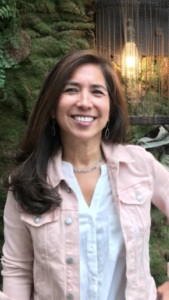 Lori Villarosa is the executive director and founder of the Philanthropic Initiative for Racial Equity (PRE).
Lori Villarosa is the executive director and founder of the Philanthropic Initiative for Racial Equity (PRE).
Projections of demographic shifts in the United States are clear: it is a matter of years before the majority of the population is composed of people of color. Yet cautionary comments remind us that “demographics are not destiny.” We have only to look around the world today to see that deep structural and racial inequalities can co-exist with varied population demographics. It will take intentionality, creativity, strategic thinking and resources to build a deep, sustainable and informed movement adequate to achieving a more egalitarian, multiracial democracy.
 Julie Quiroz is a senior fellow at the Movement Strategy Center.
Julie Quiroz is a senior fellow at the Movement Strategy Center.
Years of fighting racism have taught us many lessons, perhaps the greatest of which is the recognition that we have to be clear about the type of racism we intend to confront. If we take a narrow view of racism as a set of stereotypes or personal beliefs, then educational efforts aimed at individuals have some impact. But taking on structural racism requires entirely different approaches. As scholar Eduardo Bonilla-Silva asserts, “Social systems and their supports must be ‘shaken’ if fundamental transformations are to take place.” In order to shake such systems and structures, we would do well to keep in mind some important lessons – past and present – from the work of racial justice organizing.

Terry Keleher directs the Racial Justice Leadership Action Network at the Applied Research Center
In a society highly organized around racial inequality, we need to strengthen and support social change models that hold the most promise for transformative results. Grassroots models – community organizing, civic engagement and social justice movement building – are well suited for advancing racial justice because they emphasize empowering the disadvantaged, uniting different communities, challenging prevailing patterns of power, and striving for systemic change. To rise to their potential, these approaches must adopt new equity frameworks and practices that more directly, systematically and strategically challenge structural racism.
 DeAngelo Bester is the founder and executive director of the Workers Center for Racial Justice (WCRJ) in Chicago, IL.
DeAngelo Bester is the founder and executive director of the Workers Center for Racial Justice (WCRJ) in Chicago, IL.
 Valery Jean is the executive director of Families United for Racial & Economic Equality (FUREE), in Brooklyn, NY.
Valery Jean is the executive director of Families United for Racial & Economic Equality (FUREE), in Brooklyn, NY.
The majority of people born this year in the United States were children of color. Some progressives believe that this ongoing demographic transformation will disrupt the structural racism that persists in our nation. Evidence suggests that this view is mistaken. We need only look to the minority-majority state of California to see that racialized structures persist and democratic processes remain unreformed. Others in the progressive movement suggest that setting aside the issue of race and focusing on distributive justice can lead to racial and economic equity. This view is also mistaken. Consider how durable racialized structures, such as school and housing segregation, limit the ability of people of color to graduate, enter the workforce, and remain outside a disparately impactful penal system.
 Mari Ryono is the director of of development and evaluation of Mobilize the Immigrant Vote.
Mari Ryono is the director of of development and evaluation of Mobilize the Immigrant Vote.
 Angelica Salas is the executive director of The Coalition of Humane Rights of Los Angeles.
Angelica Salas is the executive director of The Coalition of Humane Rights of Los Angeles.
 Aparna Shah is the executive director of Mobilize the Immigrant Vote.
Aparna Shah is the executive director of Mobilize the Immigrant Vote.
In November 2010, the power of the emerging immigrant electorate became evident. Latinos in particular were credited with “saving the West” for Democrats by helping defeat anti-immigrant candidates and delivering victories to California Democrats such as Governor Jerry Brown and Attorney General Kamala Harris. In 2011, immigrant rights activists and voters helped defeat Arizona State Senator Russell Pearce, the architect of the notorious anti-immigrant SB 1070. “The Latino vote is now seen as a game changer in this country,” said Arturo Carmona, executive director of Presente.org. “Yet there is much work ahead to realize the promise. Collaborating with other communities of color to achieve power equity, justice and a more equitable economy is not only our responsibility as Latinos but required for our collective progress.
The 2010 U.S. Census underscores the growth of Latino, Asian and other immigrant populations in the United States. Currently, Asians represent nearly 6 percent of the total U.S. population, while Latinos remain the nation’s largest “minority” group at nearly 17 percent. According to Census Bureau projections, by the year 2050, the population of Asians in the U.S. is expected to triple to over 33 million. Latinos are expected to increase their numbers to over 100 million or, roughly speaking, 1 out of every 4 Americans. There are more than eight million immigrants with permanent legal residence who are eligible to become citizens in the United States. Full Text
The far right is putting up a tsunami of resistance in its attempt to reverse gains made by people of color over the past 50 years. We must fortify and anchor now so that we may move forward after the tide has washed over us. We are presenting this case study as an example of one way that grassroots organizations are maintaining and advancing a position reflective of those gains, while making an important contribution to movement building in the face of the challenge.
Racial justice is a fundamental part of any path to social justice in the United States, and it will only be attained to the degree that structural racism and accompanying social inequality are addressed. People of color will become a collective new majority of the U.S. population by 2040. This demographic shift provides a basis to transform the country, provided that we can become capable of the kind of struggle that is necessary for transformation. In order to overcome historic structures of domination and control, organized communities of color and low-wealth communities must become architects of policy and build a true majority capable of building and exercising power to bring about real change. This will require not only a clear and strategic analysis of structural racism, but also new forms of collaboration that can build accountable leadership and organizations. Full Text
PRE: Let’s start by talking about how a structural understanding of racism leads to a new vision of community organizing.
DB: There is a history in community organizing that tries to assert that it is free of values and ideology. But there is no such thing. Organizing does, in fact, manifest values about how the world should be. The infusion of a structural racism analysis into the field of community organizing is still a work in progress. What I see changing is more careful attention to who is in the leadership of organizations, who is doing the actual organizing, and what issues organizations pursue and how they pursue them. A good example, and where john’s work has been instrumental, is the Ohio Organizing Collaborative. They have a big jobs campaign that has both a set of revenue and job creation demands for state policy, but also very specific and targeted goals to address collateral sanctions on people who were in the criminal justice system and aren’t able to find employment.
PRE: How would you describe your organization and its role in racial and social justice movements?
MW: At the Center for Social Inclusion, we support policy strategies that will transform barriers to opportunity for real and meaningful inclusion of communities of color. We have to transform the structural arrangements that have been formed to exclude communities of color historically and continue to be reproduced today. We research, test, train and convene through partnerships to identify and catalyze transformative ideas.
AP: We organize domestic workers around the country. Domestic workers are mostly immigrant women of color and many are undocumented. We work to build the power of the workforce and raise the level of respect for the work itself, as we work to help build a broader movement for social change. We really see ourselves as playing a connecting role across movements for justice.


PRE: Manuel, in your recent publication (L.A. Rising: The 1992 Civil Unrest, the Arc of Social Justice Organizing, and the Lessons for Today’s Movement Building) you share important assessments of the “movement ecosystem” that has developed over the past 20 years. Where do you each see your organization’s role in the movement at this stage? What is the particular niche you play?
MP: At PERE (USC’s Program for Environmental and Regional Equity), we’re very clear that we work with and for community- based organizations, trying to produce very rigorous research and unearth the arguments that our opponents make. We see ourselves as being a very data-intensive shop. What we do is provide research ammunition to people who actually make policy, and that is these community-based organizations that are really organizing to garner the power to change things. Interestingly, that devotion to data accuracy has helped the Center for the Study of Immigrant Integration become kind of a neutral space to bring more mainstream organizations like the Chamber of Commerce and business groups to the immigrant rights cause.
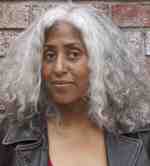 Makani Themba is the executive director of The Praxis Project, based in Washington, DC.
Makani Themba is the executive director of The Praxis Project, based in Washington, DC.
History teaches us that change is often made when an organized segment of those most affected, leading in solidarity with allies, disrupts the ability of those in power to conduct business as usual. From civil disobedience and sit-ins of the last century to #Occupy today, “fringe: strategies (approaches that are led by a disruptive minority) force changes in the status quo – even against the will of the mainstream.
Of course, having mainstream support is a good thing. The idea that we could get millions of people to surrender their privilege and fear in exchange for a world that worked for many more of us without any resistance would be beautiful. However, it’s not the usual way change occurs.
 Denise Perry works for the Black Organizing for Leadership & Dignity (BOLD)project. She has been organzing for nearly 30 years.
Denise Perry works for the Black Organizing for Leadership & Dignity (BOLD)project. She has been organzing for nearly 30 years.
When I was the director of an organization that worked with Black and Latino youth in Miami, I noticed that music helped create a form of communication that fostered both a strong cultural and organizational identity. The youth members used it to entertain and to raise money with talent shows, but they were moved to a deeper interest in their organizing work when the hip-hop duo Rebel Diaz came to talk with them about the power and meaning inherent in their music.,
Our organization always used live music to help connect us with the community and to project our values through a culture-rich identity. One staff member described what we were doing as “edutainment,” the opportunity to deliver a message in music that feeds both the mind and soul.
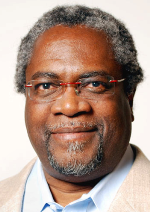 Ronald White is the founder and principle consultant to Building Utopia Consulting LLC. He is currently the interim executive director of Southern Partners fund.
Ronald White is the founder and principle consultant to Building Utopia Consulting LLC. He is currently the interim executive director of Southern Partners fund.
Because structural racism is mostly hidden, philanthropic support for community organizing efforts that explicitly names and fights the problem has been rare. There are some important exceptions, however, as revealed by the following conversation with several key funders. Among the voices in this article are leaders of foundations operating within a spectrum of work contributing to racial justice and community engagement. Here, they discuss challenges they continue to face, offer lessons recently learned, and share wisdom taught by some of their grantees.
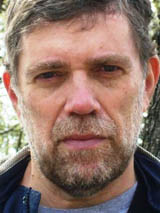 Rick Cohen is the national correspondent of the Nonprofit Quarterly magazine, (NPQ).
Rick Cohen is the national correspondent of the Nonprofit Quarterly magazine, (NPQ).
Among the thousands of possible subjects in the Foundation Center’s online database of some 2.4 million grants from over 100,000 private foundation, corporate and public charity grantmakers, the terms “community organizing” and “civic engagement” do not appear as subjects or topics around which grants are organized and counted. In light of the litany of foundation-supported and published reports attesting to the importance of community organizing in social change strategies, the absence of “community organizing” and “civic engagement” as official categories used by the Foundation Center is striking.
